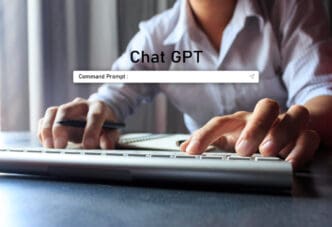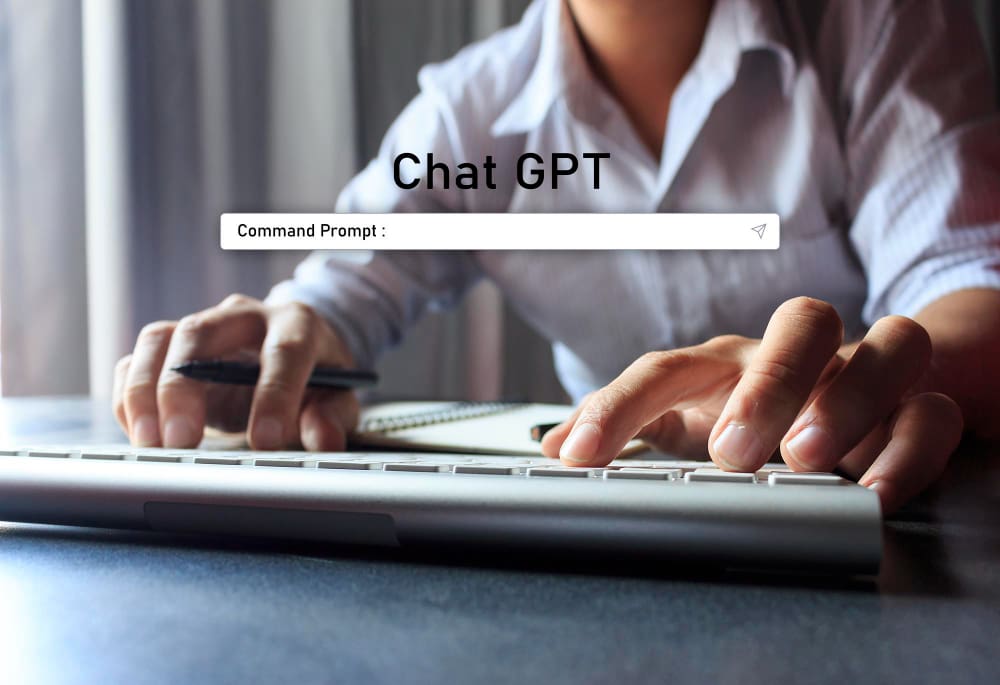Businesses across the globe are now integrating OpenAI’s ChatGPT into their daily operations, leveraging the powerful large language model to drive efficiency, spark creativity, and gain a significant competitive edge. This transformative shift, occurring in departments from marketing to human resources, allows companies of all sizes to automate routine tasks, enhance customer interactions, and generate high-quality content at an unprecedented scale. The core value proposition is clear: by treating ChatGPT as a sophisticated digital assistant, organizations can unlock new levels of productivity and innovation, fundamentally changing how work gets done in the modern enterprise.
Understanding the Power and Limitations of ChatGPT in a Business Context
At its heart, ChatGPT is a form of generative artificial intelligence. It is trained on a vast dataset of text and code, enabling it to understand context, generate human-like text, translate languages, and answer questions in a conversational manner. For businesses, its primary strength lies in its versatility and speed, acting as an on-demand resource for a wide array of text-based tasks.
This technology can dramatically reduce the time spent on drafting emails, reports, and marketing materials. It serves as a tireless brainstorming partner, capable of offering fresh perspectives and ideas 24/7, thereby accelerating creative and strategic processes that were once significant time sinks.
However, it is crucial for business leaders to recognize its limitations. ChatGPT can sometimes produce incorrect or nonsensical information, an issue often referred to as “hallucination.” It also lacks true consciousness or understanding; it is a pattern-matching machine, not a sentient thinker. Furthermore, the standard public version of ChatGPT does not have access to real-time information and its knowledge is cut off at a specific point in the past.
Most importantly, businesses must be acutely aware of data privacy. Inputting sensitive company information, customer data, or proprietary intellectual property into the public version of ChatGPT is a significant security risk. Companies should establish clear policies and consider enterprise-grade solutions that offer enhanced privacy controls for any serious implementation.
20 Actionable Use Cases for ChatGPT in Business
To move from theory to practice, here are 20 concrete ways businesses can integrate ChatGPT to improve workflows and achieve tangible results. These examples are categorized by department to help you identify the most relevant applications for your organization.
Marketing & Content Creation
1. Blog Post and Article Ideation
Use ChatGPT to brainstorm a list of relevant blog topics based on your industry and target keywords. You can then ask it to generate detailed outlines for each topic, complete with headings, subheadings, and key talking points, providing a solid framework for your writers.
2. Social Media Content Calendar
Feed ChatGPT information about an upcoming product launch or marketing campaign and ask it to generate a month’s worth of social media posts. Specify the platform (e.g., LinkedIn, Twitter, Instagram) to get content tailored to the appropriate tone and character limits.
3. Email Marketing Campaigns
Draft entire email sequences, from engaging subject lines designed to boost open rates to persuasive body copy and clear calls-to-action. It can also generate A/B testing variations to help you optimize campaign performance.
4. SEO Keyword Research
While not a replacement for dedicated SEO tools, ChatGPT is an excellent starting point for brainstorming. Ask for a list of long-tail keywords, related topics, and common questions your target audience might search for related to your product or service.
5. Ad Copy Generation
Quickly create compelling and concise copy for digital advertising platforms like Google Ads and Facebook Ads. Provide the model with your product’s key features and benefits, and ask for several ad variations to test.
6. Video Scripting
Develop scripts for promotional videos, product tutorials, or internal training modules. You can instruct ChatGPT to write in a specific tone—whether professional, humorous, or educational—and even ask it to describe the accompanying visuals for each scene.
Sales & Customer Relationship Management
7. Personalized Sales Emails
Accelerate outreach by having ChatGPT draft personalized cold emails. Provide it with a prospect’s name, company, and job title, along with a few key details from their LinkedIn profile, and it can generate a customized message that feels far more personal than a generic template.
8. Lead Qualification Scripts
Equip your Sales Development Representatives (SDRs) with effective scripts. Ask ChatGPT to create a list of open-ended questions designed to uncover a prospect’s pain points, budget, and decision-making authority.
9. Competitor Analysis Summaries
Paste the text from a competitor’s homepage or product page and ask ChatGPT to summarize their key value propositions, target audience, and pricing strategy. This provides a quick snapshot for your sales team to use when positioning your own offerings.
10. Proposal and Pitch Deck Content
Generate foundational text for sales proposals and presentations. While you will need to add specific data and branding, ChatGPT can quickly draft sections like the executive summary, company overview, and problem statement, saving valuable time.
Customer Support & Service
11. Drafting Canned Responses
Create a comprehensive library of standardized responses for frequently asked questions (FAQs). This ensures consistency in your support messaging and allows agents to resolve common issues much faster.
12. Summarizing Customer Feedback
Analyze large volumes of customer feedback, such as support ticket transcripts or product reviews. Ask ChatGPT to identify recurring themes, common complaints, and positive sentiment to help you prioritize product improvements and training.
13. Internal Knowledge Base Creation
Turn messy support documents or long email threads into well-structured articles for your internal knowledge base. This helps new and existing support agents find the information they need to do their jobs effectively.
14. De-escalation Scripts
Develop empathetic and constructive scripts for handling frustrated or angry customers. You can prompt ChatGPT to create responses that validate the customer’s feelings while guiding the conversation toward a positive resolution.
Operations & Productivity
15. Meeting Summaries and Action Items
Paste a raw transcript from a meeting and ask ChatGPT to summarize the key discussion points, decisions made, and assigned action items. This creates a clear, concise record that can be distributed to all attendees immediately.
16. Project Plan Outlines
Kickstart the project planning process by asking ChatGPT to generate a preliminary project plan. Provide the project goal, and it can suggest key phases, milestones, potential risks, and a list of stakeholders to involve.
17. Simplifying Complex Documents
Translate dense, jargon-filled text—such as legal contracts, technical manuals, or academic studies—into plain English. This makes complex information more accessible to a wider audience within your organization.
18. Basic Code Generation and Debugging
For teams with development needs, ChatGPT can write simple scripts (e.g., in Python for data analysis) or help debug code. A developer can paste a block of code that isn’t working and ask the AI to identify potential errors or suggest improvements.
Human Resources & Training
19. Writing Inclusive Job Descriptions
Craft clear, compelling, and inclusive job descriptions. You can specifically ask ChatGPT to review a description for potentially biased language and suggest more neutral alternatives to attract a more diverse pool of candidates.
20. Onboarding and Training Materials
Develop content for your new-hire onboarding process or for internal skill-building workshops. Ask it to create a 30-day onboarding plan for a new marketing manager or outline a training module on effective communication.
Best Practices for Implementing ChatGPT Safely and Effectively
To harness these benefits without falling into common pitfalls, businesses should adopt a strategic approach. First, always maintain a human in the loop. AI-generated content should be treated as a first draft that requires human review, editing, and fact-checking before it is published or sent to a client.
Second, invest time in “prompt engineering.” The quality of the output is directly related to the quality of the input. Encourage your team to write clear, detailed prompts that provide context, specify the desired tone and format, and define the target audience. The more specific the instruction, the better the result.
Finally, prioritize data security. Establish a firm company policy that prohibits employees from entering any confidential or personally identifiable information into public AI tools. For businesses that plan to use the technology extensively, investing in a solution like ChatGPT Enterprise, which offers robust security and privacy features, is a critical step.
Conclusion
ChatGPT is no longer a novelty; it is a powerful business tool that is reshaping industries. It is not a replacement for human expertise, critical thinking, or creativity, but rather a force multiplier—a digital co-pilot that can handle the mundane, accelerate the routine, and provide a spark for innovation. By thoughtfully integrating these use cases and adhering to best practices, businesses can empower their teams, streamline their operations, and position themselves at the forefront of the AI-driven economy.








